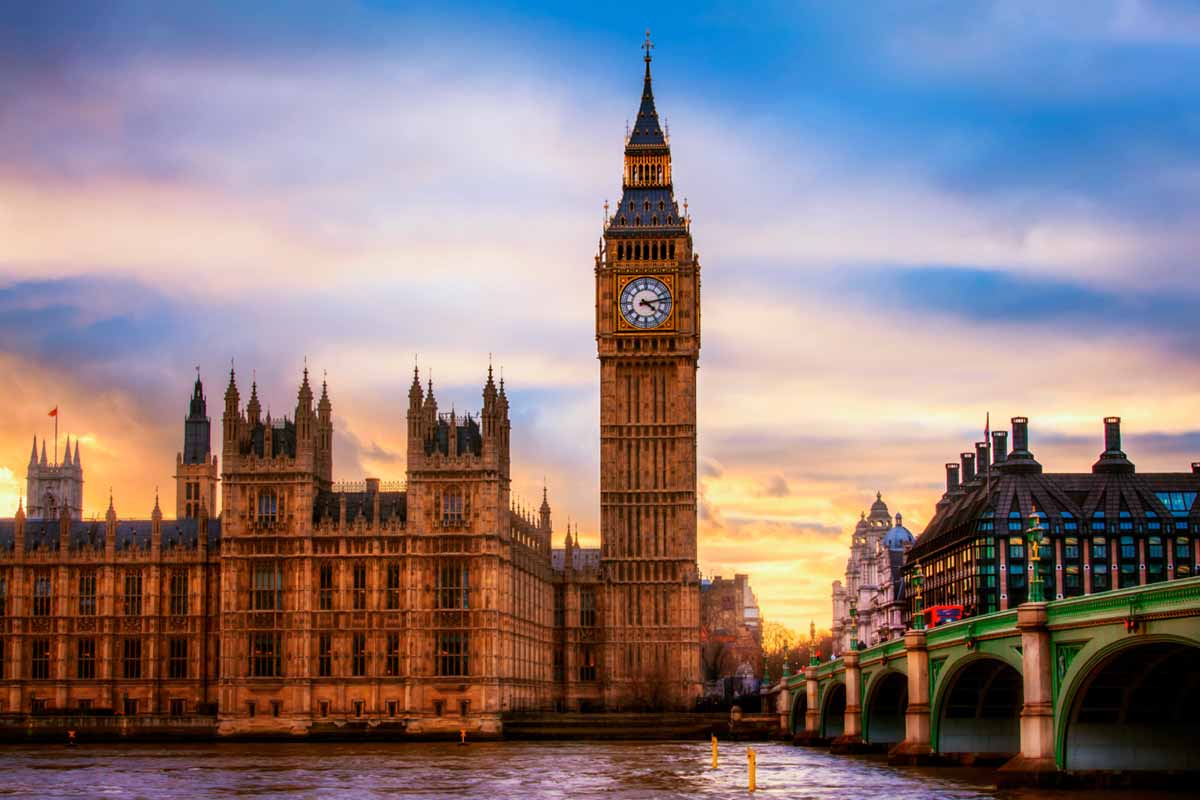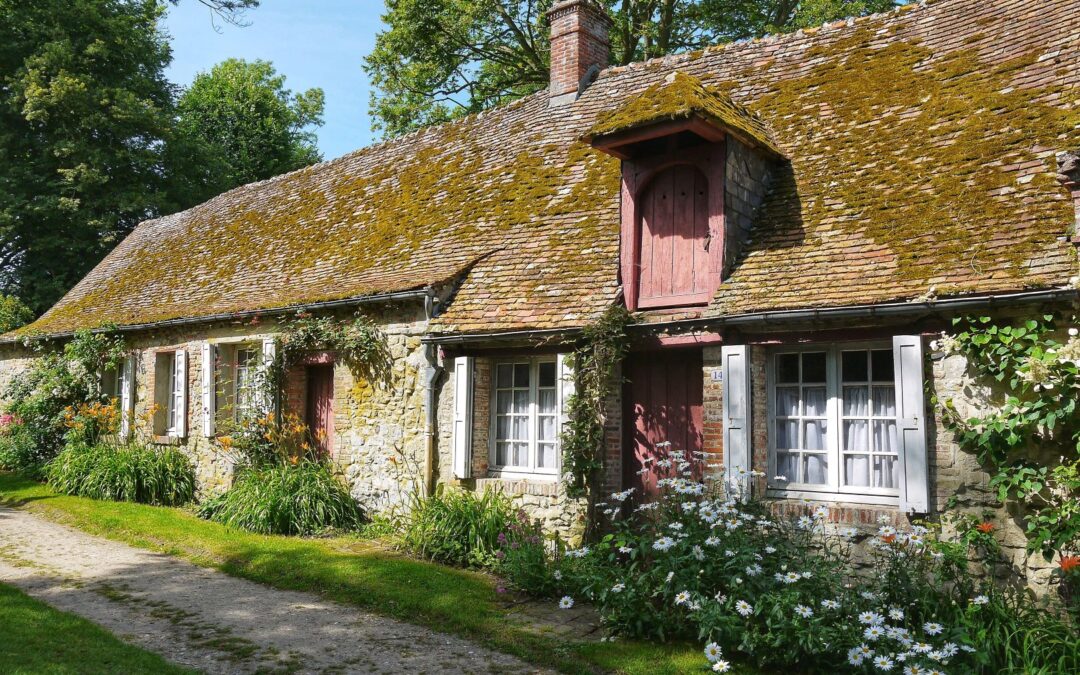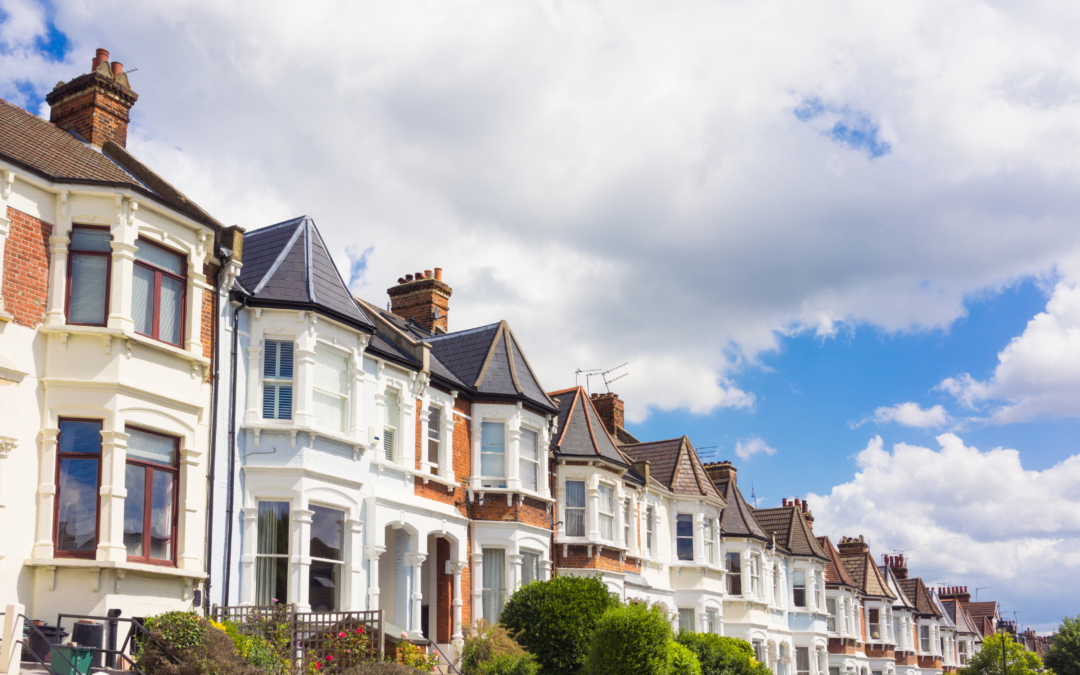With demand outstripping supply, it is clear that home building will be a vote winner (or loser) at this year’s general election.
You don’t need a crystal ball to work out that housing will be one of the key battlefields at the general election.
So much so that the major parties have already set out their stall for 7 May.
The Conservatives say that, if elected, they will deliver 100,000 new homes to first-time buyers. This would be at a 20 per cent discount, with preference given to UK residents under 40 rather than buy-to-let landlords or investors.
Labour, meanwhile, has pledged to double the number of first-time buyers over the next decade. They aim also to build 200,000 new homes each year, including a substantial proportion of social and local authority housing.
The Liberal Democrats have set their sights even higher, with plans to build 300,000 more homes per year. Some would be social housing, and some would take the form of new garden cities, built along the proposed rail line between Oxford and Cambridge.
While the number of first-time buyers has started to increase again, there’s no question that recent years have seen the first rung of the home ownership ladder rise beyond many young people’s reach. Figures from the Office for National Statistics show that while average house prices are £428,000 in London, and £308,000 in the south-east, they are far lower in other parts of the country: £169,000 in Wales, £154,000 in the north-east and £136,000 in Northern Ireland.
And the gap is growing. Whereas in 1983, the percentage difference between highest and lowest-value areas was 56 per cent, today, it has risen to 68.3 per cent. No wonder, then, that in the UK, the number of people choosing to rent, rather than buy, is rising. Research by the pressure group Generation Rent reveals that, come Election Day on 7 May, MPs in 100 seats will represent more renters than owners.
This being the case, Labour aims to not just to increase tenants’ security by introducing fixed, three-year tenancies, but to prevent landlords putting up rent more than once a year, and to keep those increases within statutory guidelines.
The Conservatives, however, say this will limit the supply of accommodation by making landlords wary of renting out properties. Far better, they believe, to take a broader-brush approach. Improve the economy, thereby creating more jobs and making tax cuts possible.
For their part, the Lib-Dems are backing the policy of increasing supply, by building not just homes for sale, but homes that local authorities and other social housing organisations can rent out.
Whatever the outcome of the election, the major parties are all agreed upon one thing: that more houses need to be built. It’s a view shared by the nation’s estate agents, who report that demand for properties continues to outstrip supply.
Good news, then, for investors and buy-to-let landlords, who have pockets deep enough to buy these properties and let them out. The rental income that is generated will cover the monthly mortgage repayments, while the value of the property should increase – more steeply in London and the south-east, of course, than in other parts of the country.
Good news, too, for vendors in the south of the UK, who will see asking prices continue to rise. The only cloud on the horizon is the threat of a mansion tax imposed on properties more than the £2m mark. This is part of the manifesto for both the Labour and the Liberal Democrat parties. Agents report that owners of houses in this price bracket are either rushing to sell now, or else holding off selling until after the election.
On the other hand, buyers of properties at the lower end of the scale have seen a reduction in the amount they have to pay in stamp duty.
Under the new system, introduced in December, the first £125,000 of the sale price is now exempt from stamp duty. Previously, a rate of 1 per cent applied, so if a house cost £185,000, the vendor would have to pay £1,850 in stamp duty. Now, the rate has been increased to 2 per cent, but this rate only comes into force once the £125,000 mark has been passed.
Which means stamp duty on a £185,000 house is now charged at a rate of 2 per cent of £60,000: which is £1,200 as against the previous £1,850. Above £250,000, a 5 per cent stamp duty applies, above £925,000 it’s 10 per cent, and above £1.5m the duty payable is 12 per cent.
Meanwhile, in Scotland, new rates will result in a 92 per cent increase in stamp duty on a £900,000 property.
Ask estate agents up and down the country, however, and they are unwilling either to back or belittle the policies on offer. At least not until the ballot boxes are closed and the votes are counted.
Without a doubt, then, housing is going to be at the centre of this year’s election campaigns.
All of us – tenants, owners, landlords, investors and developers – await the outcome. This is the election when, instead of sticks and stones, the parties will be using bricks and mortar to make their point.






